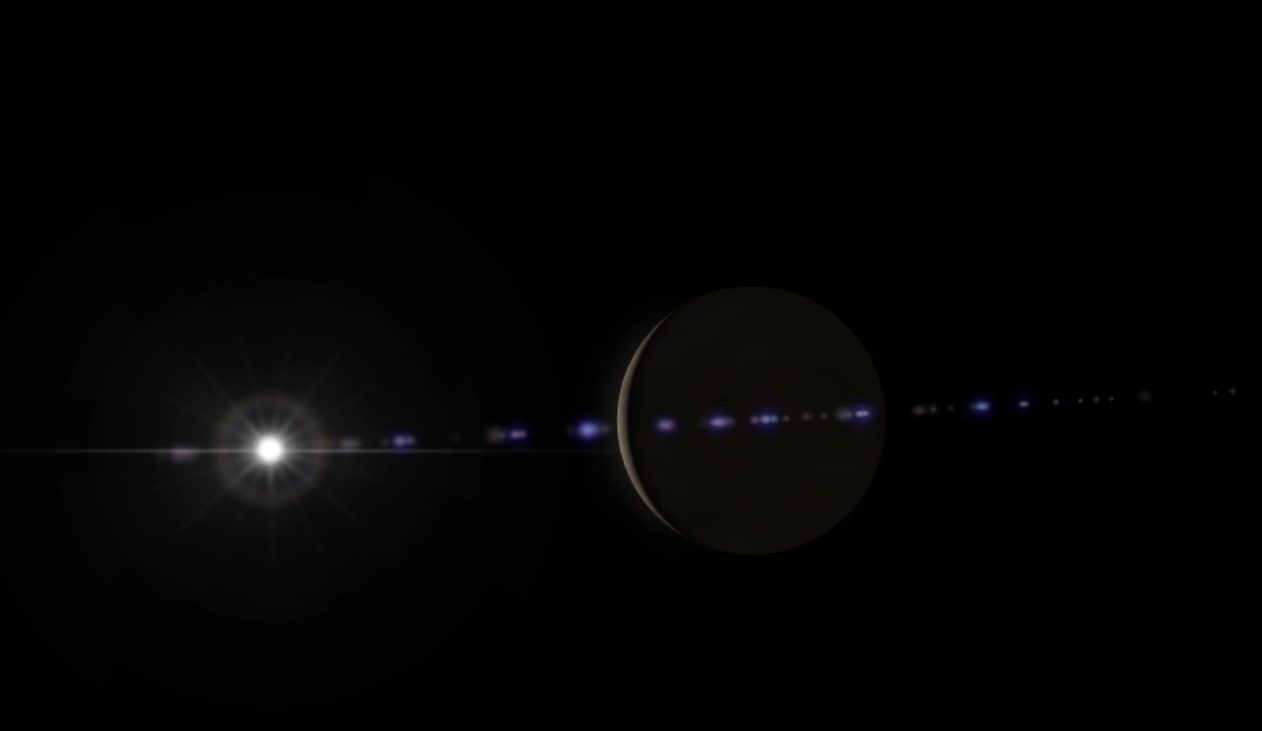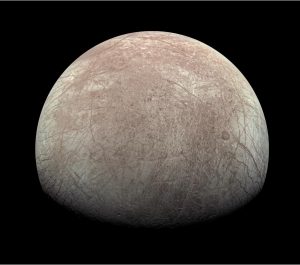
BepiColombo grazes Venus in a second swing-by, at an altitude of just 550 km
Today (August 10) at 22:48 JST (13:48 UTC), BepiColombo will pass extremely close to Venus at an altitude of just 550 km. The spacecraft is on a seven year journey to Mercury and is using the gravity of our neighbouring world to reduce speed in order to achieve a safe rendezvous with Mercury at the end of 2025.
This Venus swing-by is the second visit to the planet, as BepiColombo used Venus for a similar celestial breaking manoeuvre in October last year. While primarily about orbit control, these close approaches are also used by the science teams to collect bonus data during the long voyage in space.
Now it’s time for BepiColombo’s 2nd Venus swing-by! The altitude at the closest approach will be ~550 km, 20 times closer than that of 1st swing-by, and MIO will observe the escaping plasmas from Venus’s upper atmosphere. With this 2nd Venus swing-by, the BepiColombo spacecraft will change its trajectory to Mercury and will perform the 1st Mercury swing-by in October 2021. Stay tuned to BepiColombo and MIO!
Murakami Go, BepiColombo Project Scientist
BepiColombo consists of two orbiters, stacked together for the journey to Mercury. One is the JAXA-built Mercury Magnetospheric Orbiter, nicknamed “MIO”, that will explore how Mercury’s magnetic field handles the extreme proximity of the solar wind. The second is the ESA-built Mercury Planetary Orbiter (MPO), which will focus on the surface and interior of our Solar System’s innermost world.
I am pleased that BepiColombo is conducting a variety of observations on the way to the Mercury. In addition to observations with AKATSUKI and HISAKI during this second flyby, ESA’s Solar Orbiter Venus flyby will take place 1 day prior to the BepiColombo Venus flyby.
I am looking forward to the outcome of the joint activities among the spacecrafts. As a thermal engineer, I can’t wait to see the thermal response of MIO, because BepiColombo will get much closer to the Venus comparing to the previous Venus flyby.
Ogawa Hiroyuki, BepiColombo MIO Project Manager
Unlike the Earth or Mercury, Venus does not have a magnetic field. Does this make the planet swing-by a bit disappointing for MIO?
“Observations during the Venus fly-bys are still fun for MIO!” says Murakami Go, Project Scientist for BepiColombo. “The solar wind induces a magnetosphere around Venus, so MIO can observe how the solar wind interacts with a non-magnetised planet. This is particularly interesting for understanding the possible environments on exoplanets, whose magnetic fields we cannot detect.”
Planets that do not generate a magnetic field but do have an atmosphere can develop a magnetosphere (a region around the planet where a magnetic force can be felt) through interaction between the upper atmosphere and the solar wind. How this compares to an intrinsic magnetic field generated in the planet core is important for understanding how different planets’ atmospheres and surfaces may be affected by the barrage of high energy particles coming from the star.
During the first Venus swing-by, MIO detected ions escaping from the tail of Venus’s magnetosphere, probing how far this induced magnetosphere extends and how atmosphere is lost. Only a handful of previous observations of this region exist, collected by NASA’s Pioneer Venus Orbiter (1978 – 1992). MIO therefore added an important data set for modelling the tail.
During the second swing-by, the orbit of BepiColombo will differ from the first pass, taking the spacecraft much deeper into the upper atmosphere and allowing MIO a glimpse at where the escaped ions originated.
BepiColombo’s second Venus flyby passes in front of Venus as seen from the Earth. I’m looking forward to the kinds of comparative research that can be done with observations on the same side of Venus as that observed by the “Hisaki” satellite. These special monitoring observations keep an eye on the great adventure of “MIO” (BepiColombo).
Yamazaki Atsushi, Hisaki Project Manager
The first swing-by at Venus was also the first time a target had been observed simultaneously from three JAXA spacecraft; MIO onboard BepiColombo, the Akatsuki Venus Climate Orbiter, and the Hisaki space telescope that observes planetary atmospheres in the extreme ultraviolet.
The feat will be repeated during the second swing-by. Hisaki’s extreme ultraviolet view will monitor changes in Venus’s upper atmosphere, while MIO will have an in-situ view of the same region, providing a particularly valuable comparison. During this time, Akatsuki’s orbit means that the spacecraft will be on the opposite side of the planet to BepiColombo. However, Venus’s rapidly rotating atmosphere means that data collected by Akatsuki a couple of days before swing-by should capture the same atmospheric region as it swings round to meet BepiColombo.
The last BepiColombo Venus swing-by gave a very successful joint observation by three JAXA spacecraft. Observations from multiple locations are an effective way to separate temporal (changes in time) and spatial (changes in location) variations. As the leader of AKATSUKI, I am hoping that we will also be able to compare excellent results during the BepiColombo Venus swing-by this summer.
Nakamura Masato, Akatsuki Late-stage Operations Team Manager
As a change from the first swing-by, MIO will this time turn on its onboard MDM, the Mercury Dust Monitor. Murakami explains that dust detection is unlikely during the Venus swing-by, but the spacecraft will soon arrive at Mercury for the first swing-by of the inner planet.
“The MDM is an important instrument to detect the dust environment around Mercury,” Murakami explains. “For the MDM, the second Venus fly-by is a dry-run for the first Mercury fly-by!”
In order to safely enter Mercury’s orbit, BepiColombo will fly-by Mercury six times, making swift observations of the planet. The first Mercury swing-by will be this October. Then in December 2025, the spacecraft will separate into the two orbiters, depositing them at the right speed to enter Mercury’s orbit. In the meantime, the voyage to Mercury continues to be packed with scientific observations.
After almost 3 years in space, we are finally flying past Venus towards Mercury. This is very exciting, however the fact that there are 4 more years of cruising makes us realize again how difficult it is to reach the innermost planet. The operation team has already started planning for the first Mercury flyby, which is scheduled in October. So stay tuned for more news from BepiColombo!
Seki Taeko, BepiColombo MIO Project Team Deputy Mission Manager
As darkness fell over Japan on the night of the swing-by, there was one last chance to watch Venus set below the horizon a few hours before closest approach and say “Good luck” to MIO!
Further information:
MIO orbiter website (JAXA)
Akatsuki Venus Climate Orbiter website (JAXA)
HISAKI Spectroscopic Planet Observatory website (JAXA)
Designing a spacecraft to withstand the furnace at Mercury (JAXA)
Q&A before the launch of BepiColombo (JAXA)
Ready for swing-by! BepiColombo will pass close to the Earth on April 10 (JAXA)
BepiColombo is set for science, as the spacecraft performs a Venus swing-by







 Previous Post
Previous Post Next Post
Next Post






